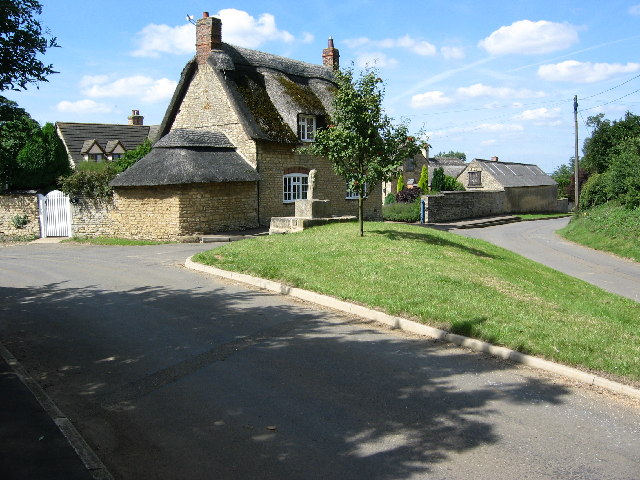Barrow
Settlement in Rutland
England
Barrow

Barrow, Rutland is a small village located in the county of Rutland, England. Situated in the East Midlands region, it is nestled in the scenic countryside, providing residents with a peaceful and picturesque setting. The village is part of the larger civil parish of Barrowden and is surrounded by open fields and lush greenery.
With a population of around 600 inhabitants, Barrow maintains a close-knit community atmosphere. The village features a range of traditional stone cottages and houses, adding to its charm and character. The local architecture reflects the area's rich history, with some buildings dating back several centuries.
Despite its small size, Barrow offers a few amenities for its residents, including a village hall, a primary school, and a popular pub. The village hall serves as a hub for community events and gatherings, hosting various activities throughout the year. The primary school provides education for the local children, ensuring they have access to quality schooling within the village.
Barrow is also well-positioned for those who enjoy outdoor activities. The surrounding countryside offers ample opportunities for walking, cycling, and exploring the natural beauty of Rutland. Additionally, the nearby Rutland Water, a large reservoir, is a popular spot for water sports enthusiasts and birdwatchers alike.
Overall, Barrow, Rutland is an idyllic village that offers a tranquil and close community feel while being surrounded by the stunning English countryside. It provides a peaceful retreat for those seeking a slower pace of life, with access to nature and a strong sense of community.
If you have any feedback on the listing, please let us know in the comments section below.
Barrow Images
Images are sourced within 2km of 52.726729/-0.68212729 or Grid Reference SK8915. Thanks to Geograph Open Source API. All images are credited.







Barrow is located at Grid Ref: SK8915 (Lat: 52.726729, Lng: -0.68212729)
Unitary Authority: Rutland
Police Authority: Leicestershire
What 3 Words
///propelled.samples.manly. Near Market Overton, Rutland
Related Wikis
Barrow, Rutland
Barrow is a village and civil parish in the county of Rutland in the East Midlands of England. It is located about five miles (8 km) north-east of Oakham...
Market Overton
Market Overton is a village on the northern edge of the county of Rutland in the East Midlands of England. The population of the civil parish (including...
Church of St Peter and St Paul, Market Overton
The Church of St Peter and St Paul is the Church of England parish church in Market Overton, Rutland. The church is part of the Oakham team ministry....
Rutland Railway Museum
Rutland Railway Museum, now trading as Rocks by Rail: The Living Ironstone Museum, is a heritage railway on part of a former Midland Railway mineral branch...
Nearby Amenities
Located within 500m of 52.726729,-0.68212729Have you been to Barrow?
Leave your review of Barrow below (or comments, questions and feedback).












